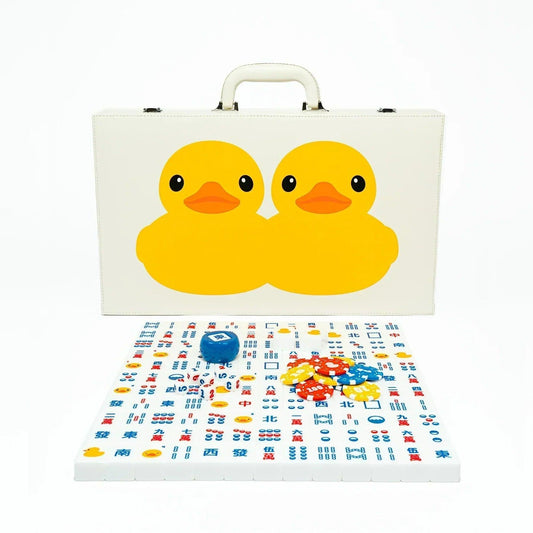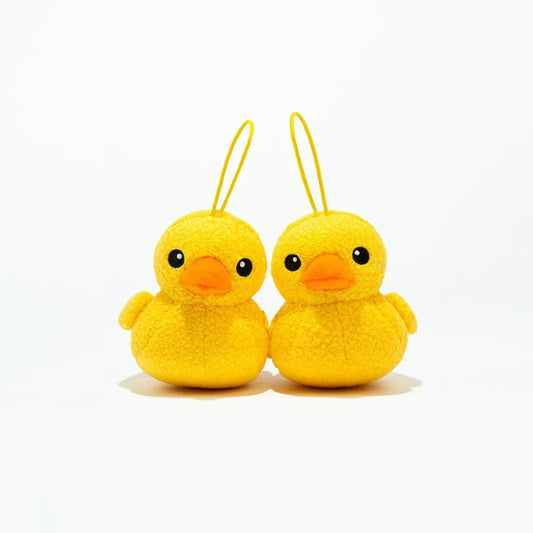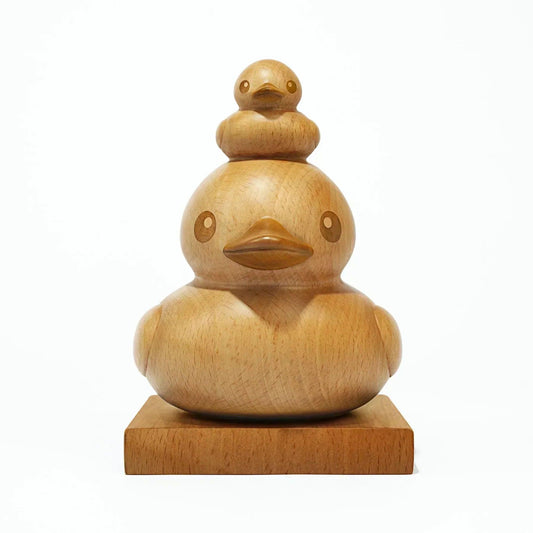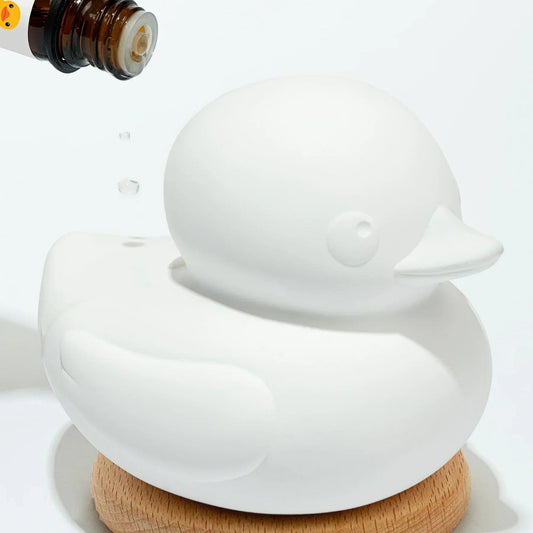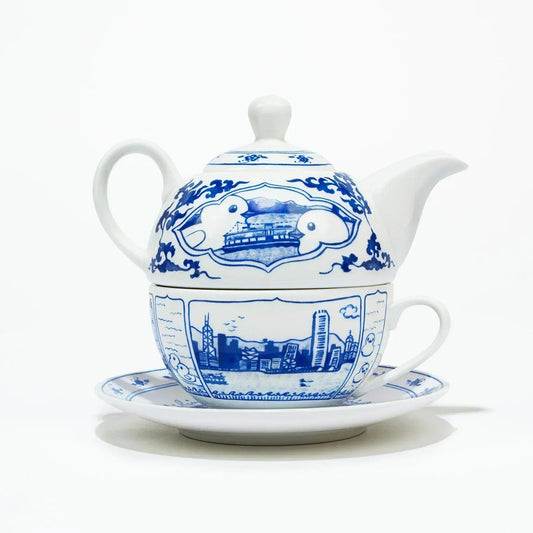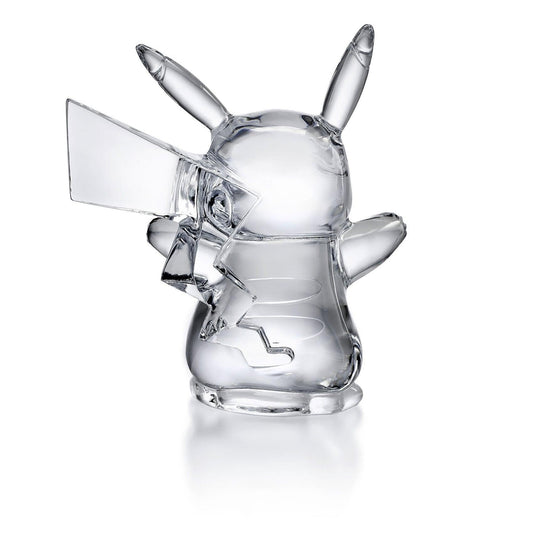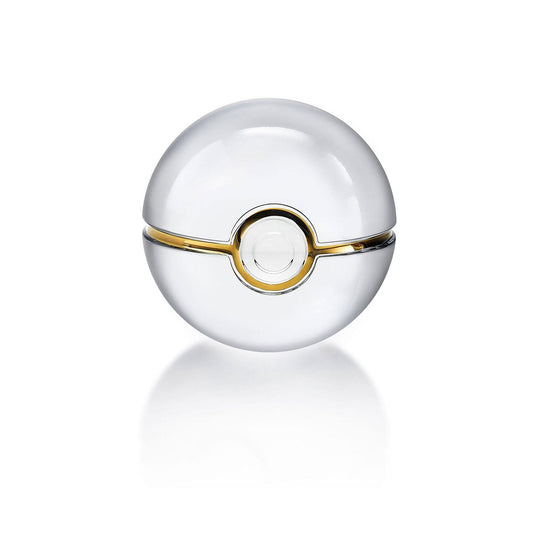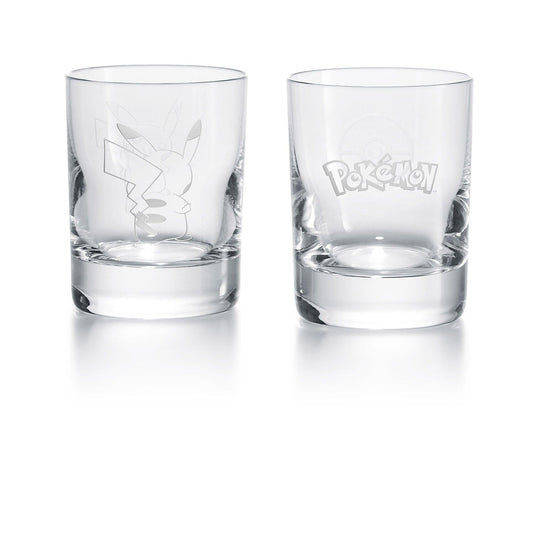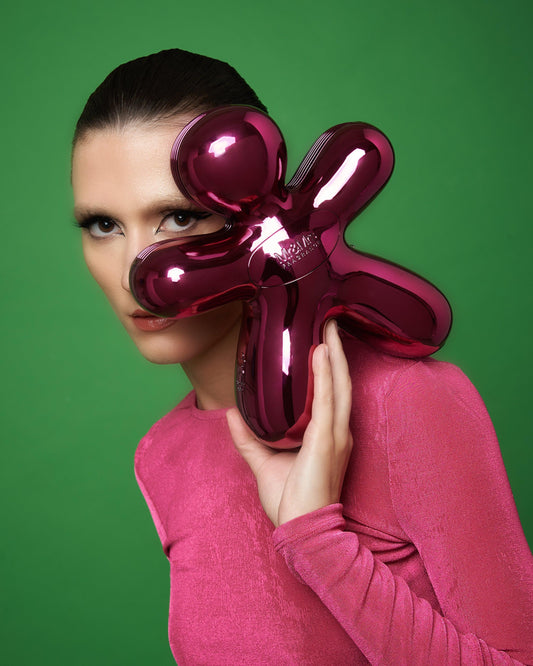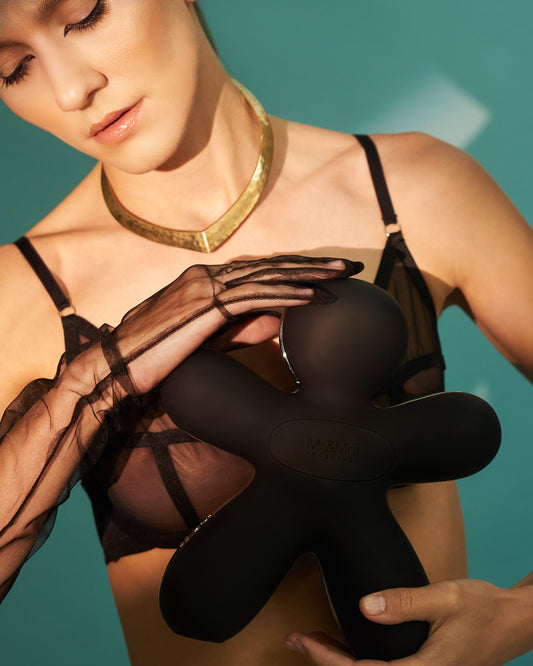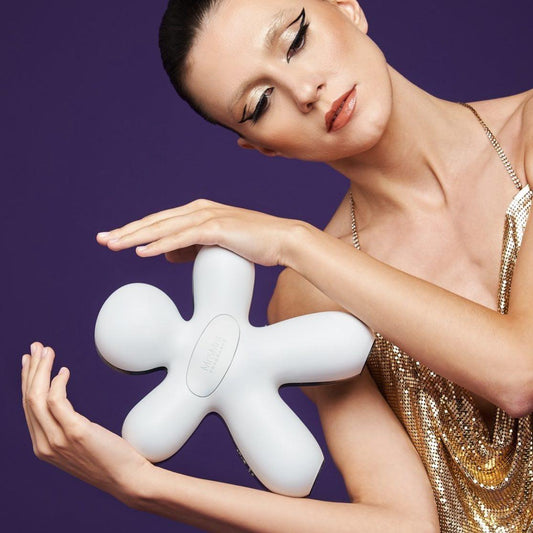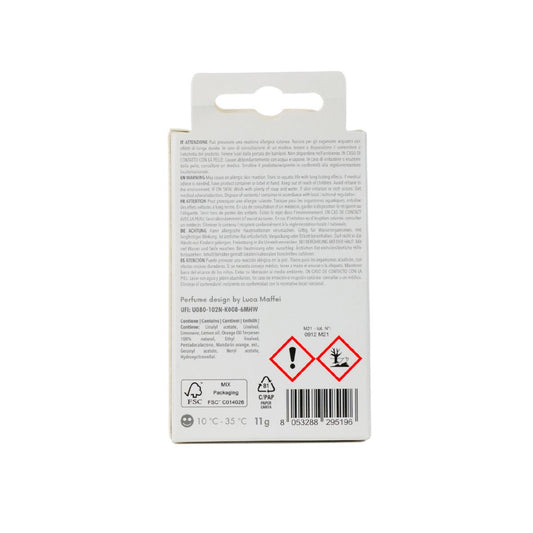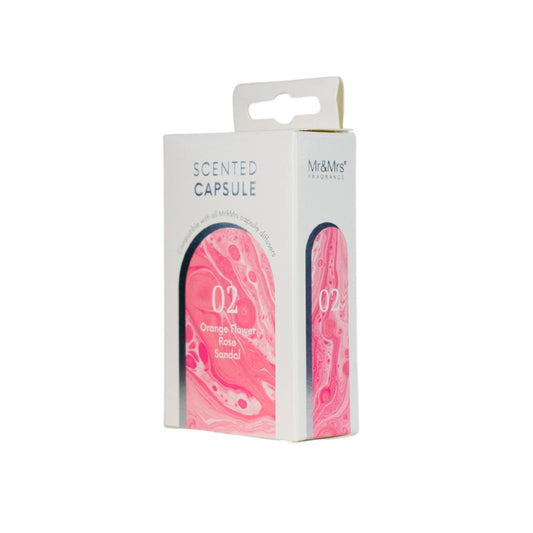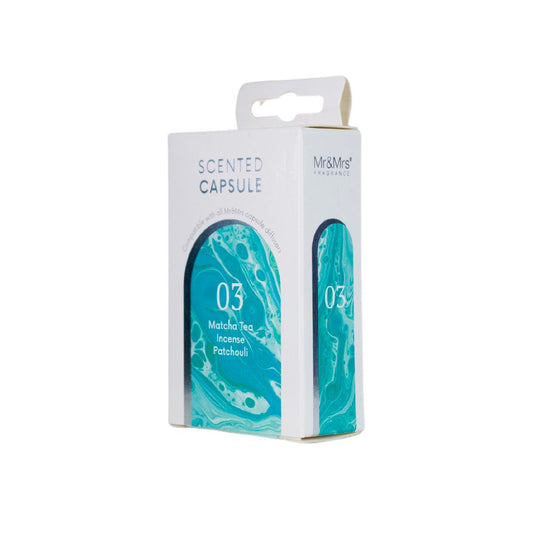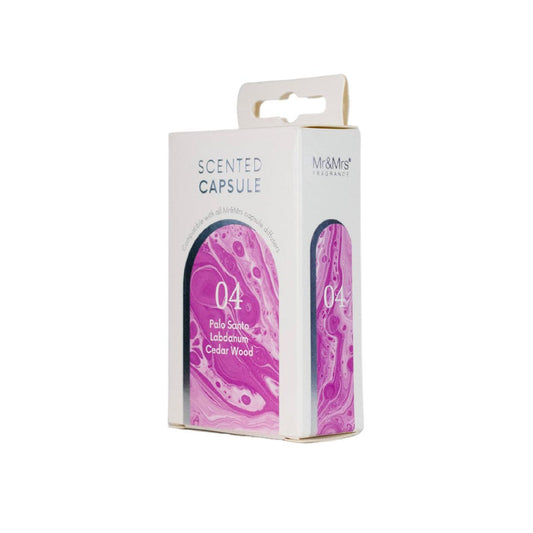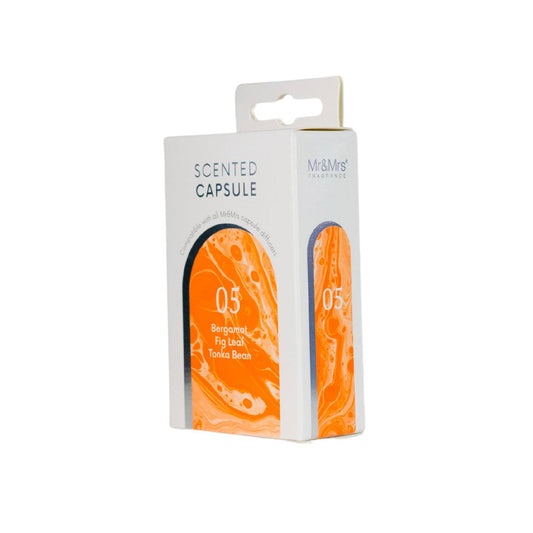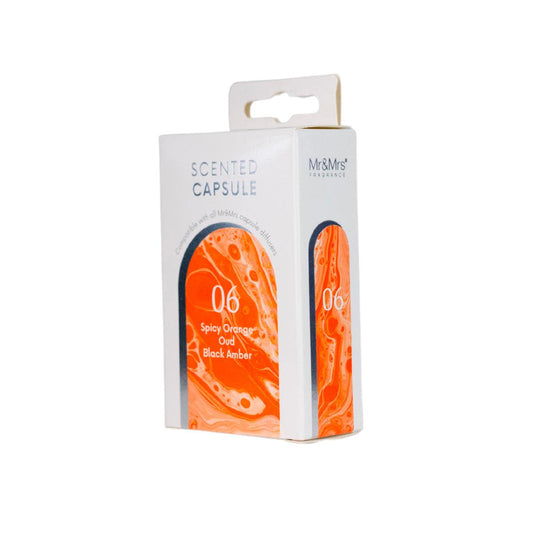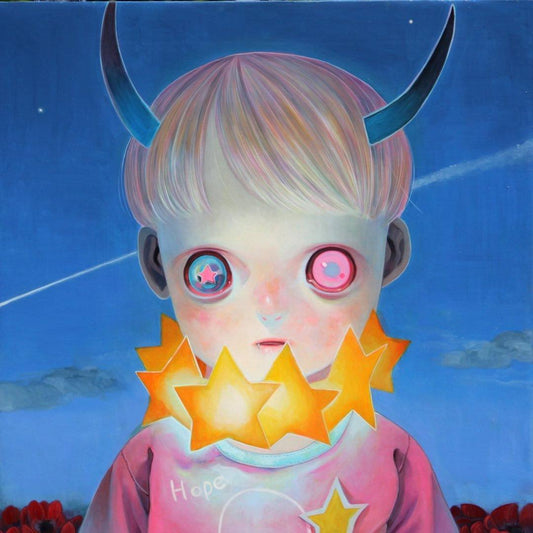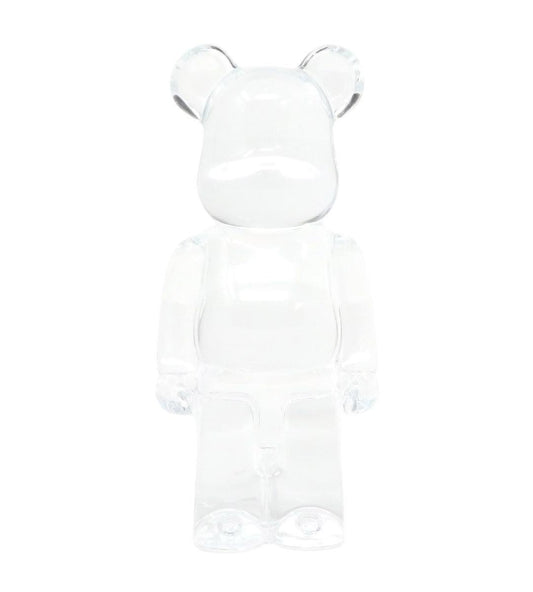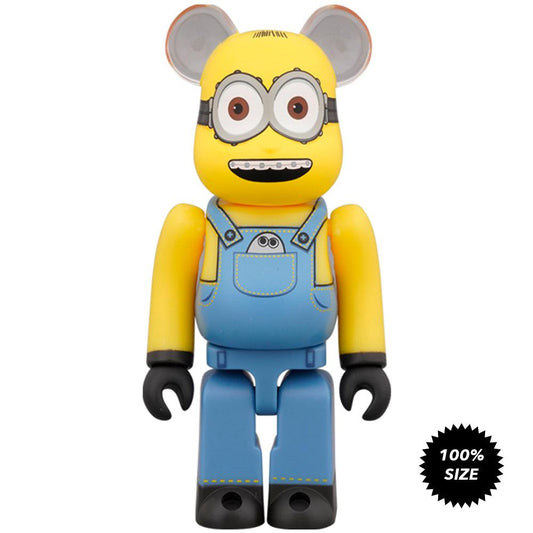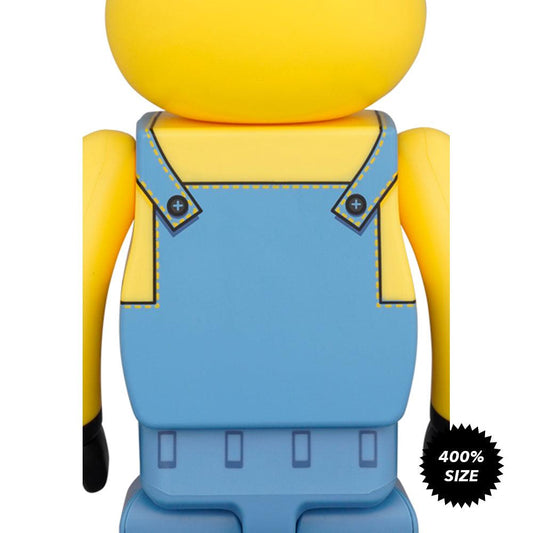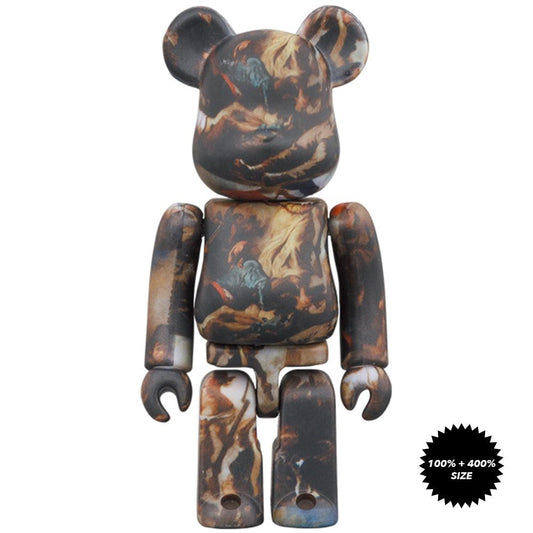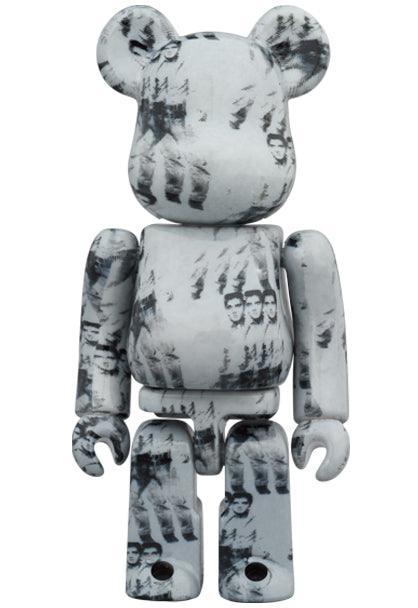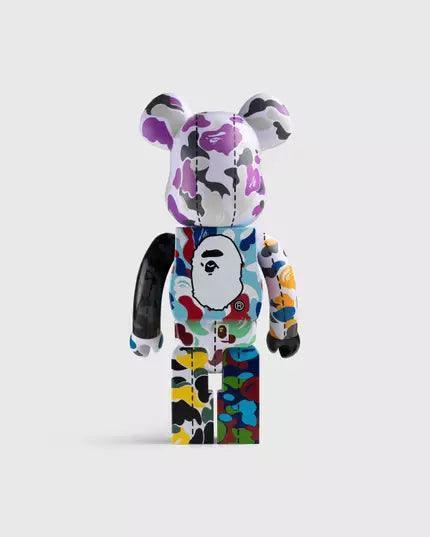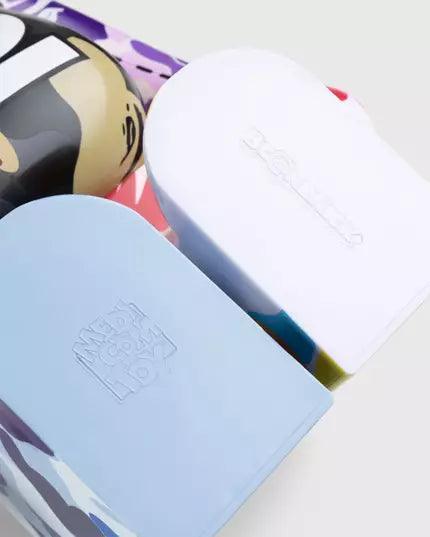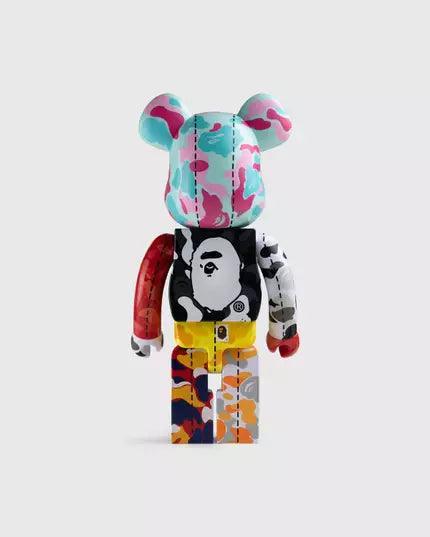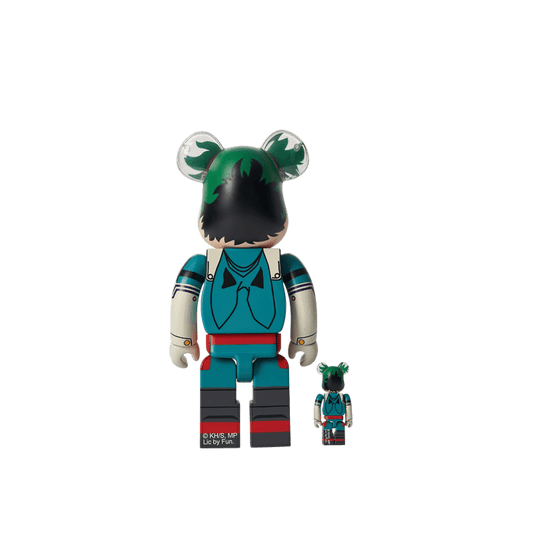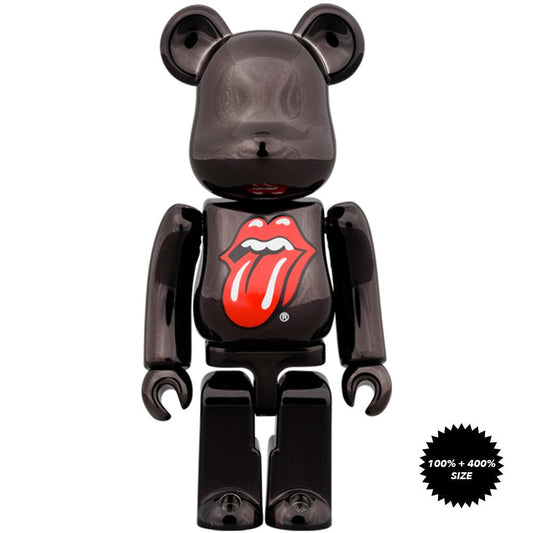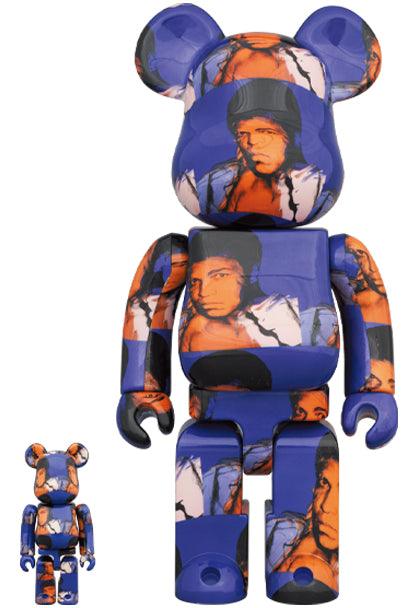

Double Ducks, Double Happiness - Exclusive Collectables
Welcome to the enchanting world of the Double Ducks Collection—a unique ensemble of products inspired by the iconic Double Ducks installation by Dutch artist Florentijn Hofman and creative studio All Rights Reserved.
As a celebration of art, creativity, and joy, the DDT collection offers various exclusive, limited-edition collectables, from sculptures and plush toys to mahjong sets and T-shirts.
Each piece is thoughtfully designed, reflecting the grandeur and happiness the Double Ducks brought to Victoria Harbour.
Explore our exclusive items from ARR - DDT's s range and immerse yourself in the unique charm of the Double Ducks!
-
Double Ducks Mahjong Set
Vendor:ARR-DDT StoreRegular price £250.00 GBPRegular priceUnit price / per -

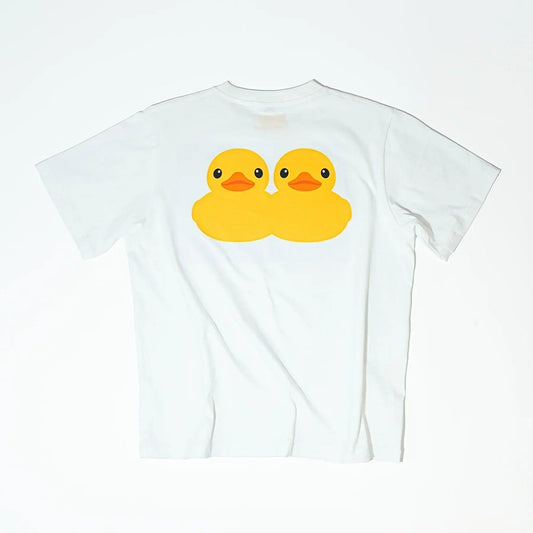 Sold out
Sold outDouble Ducks Adult T-Shirt (White)
Vendor:ARR-DDT StoreRegular price £75.00 GBPRegular priceUnit price / per -
Double Ducks 3.5-inch Magnetic Plush Charm
Vendor:ARR-DDT StoreRegular price £75.00 GBPRegular priceUnit price / per -
Double Ducks 3.5-inch Vinyl Figure
Vendor:ARR-DDT StoreRegular price £79.00 GBPRegular priceUnit price / per -

 Sold out
Sold outDouble Ducks 8-inch Nightlight
Vendor:ARR-DDT StoreRegular price £299.00 GBPRegular priceUnit price / per -
Double Ducks 7-inch Wooden Sculpture
Vendor:ARR-DDT StoreRegular price £650.00 GBPRegular priceUnit price / per -
Double Ducks 4-inch Aroma Stone (with BeCandle aroma oil)
Vendor:ARR-DDT StoreRegular price £150.00 GBPRegular priceUnit price / per -
Double Ducks Ceramic Tea-For-One Teapot Set
Vendor:ARR-DDT StoreRegular price £299.00 GBPRegular priceUnit price / per

-
Double Ducks Mahjong Set
Vendor:ARR-DDT StoreRegular price £250.00 GBPRegular priceUnit price / per -

 Sold out
Sold outDouble Ducks Adult T-Shirt (White)
Vendor:ARR-DDT StoreRegular price £75.00 GBPRegular priceUnit price / per -
Double Ducks 3.5-inch Magnetic Plush Charm
Vendor:ARR-DDT StoreRegular price £75.00 GBPRegular priceUnit price / per -
Double Ducks 3.5-inch Vinyl Figure
Vendor:ARR-DDT StoreRegular price £79.00 GBPRegular priceUnit price / per


-
Double Ducks Mahjong Set
Vendor:ARR-DDT StoreRegular price £250.00 GBPRegular priceUnit price / per -

 Sold out
Sold outDouble Ducks Adult T-Shirt (White)
Vendor:ARR-DDT StoreRegular price £75.00 GBPRegular priceUnit price / per -
Double Ducks 3.5-inch Magnetic Plush Charm
Vendor:ARR-DDT StoreRegular price £75.00 GBPRegular priceUnit price / per -
Double Ducks 3.5-inch Vinyl Figure
Vendor:ARR-DDT StoreRegular price £79.00 GBPRegular priceUnit price / per -

 Sold out
Sold outDouble Ducks 8-inch Nightlight
Vendor:ARR-DDT StoreRegular price £299.00 GBPRegular priceUnit price / per -
Double Ducks 7-inch Wooden Sculpture
Vendor:ARR-DDT StoreRegular price £650.00 GBPRegular priceUnit price / per
Pop Art Fusion Featured Collections:
View all-

PopArtFusion presents: Pokémon Gotta catch émall!!
Pokémon (an abbreviation for Pocket Monsters in Japan) is a Japanese media...
-
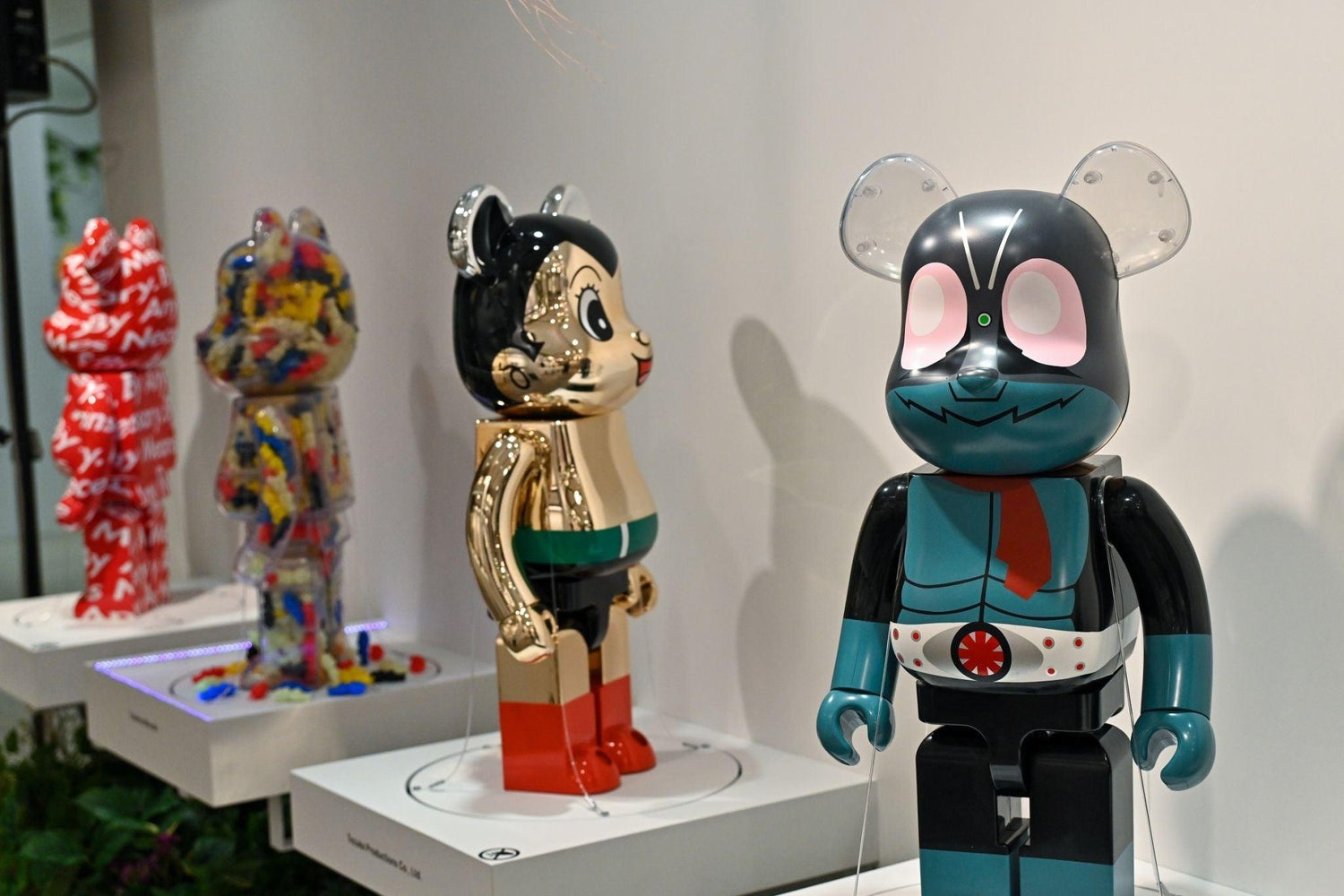
PopArtFusion presents: Be@rbrick by Medicom Toy
Be@rbricks are small, round figures that are highly collectable and often feature...
-
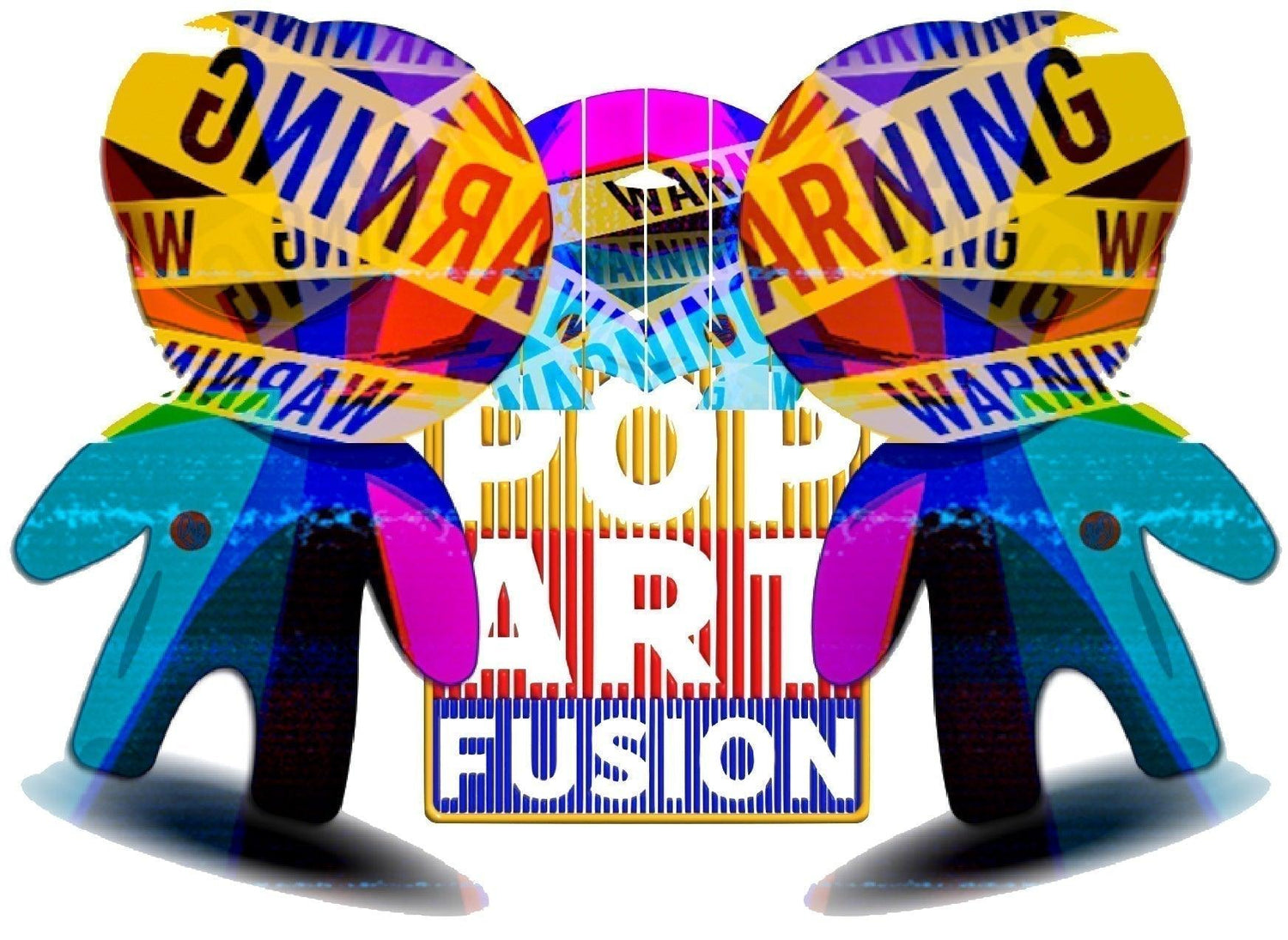
PopArtFusion presents: PopArtFusion
Conectid x PopArtFusion — the most powerful, colourful and playful MagSafe power...
-
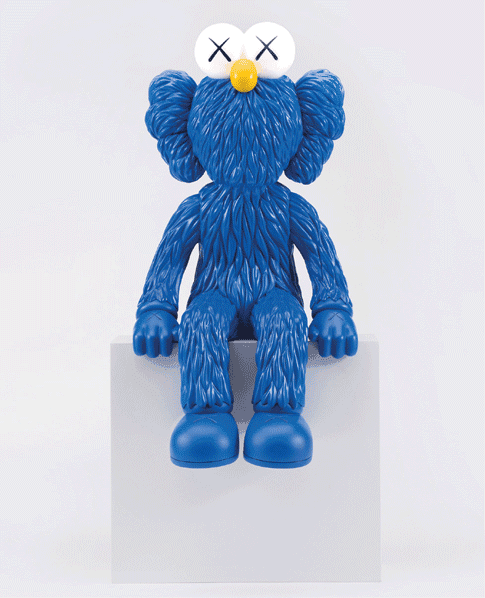
PopArtFusion presents: KAWS
Brian Donnelly (1974)
-
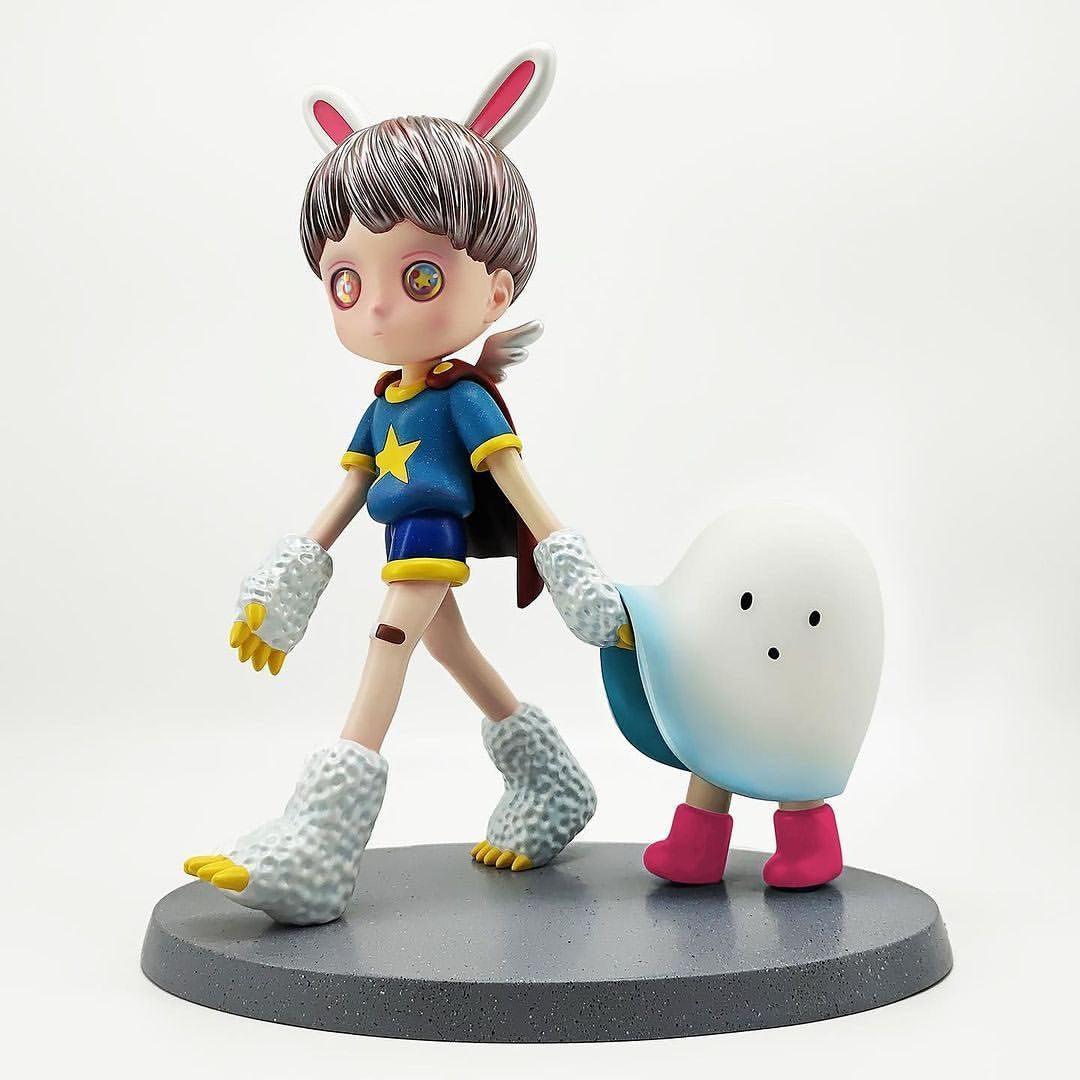
PopArtFusion presents: Hikari Shimoda
Hikari Shimoda is a contemporary Japanese artist known for her colourful and...
-
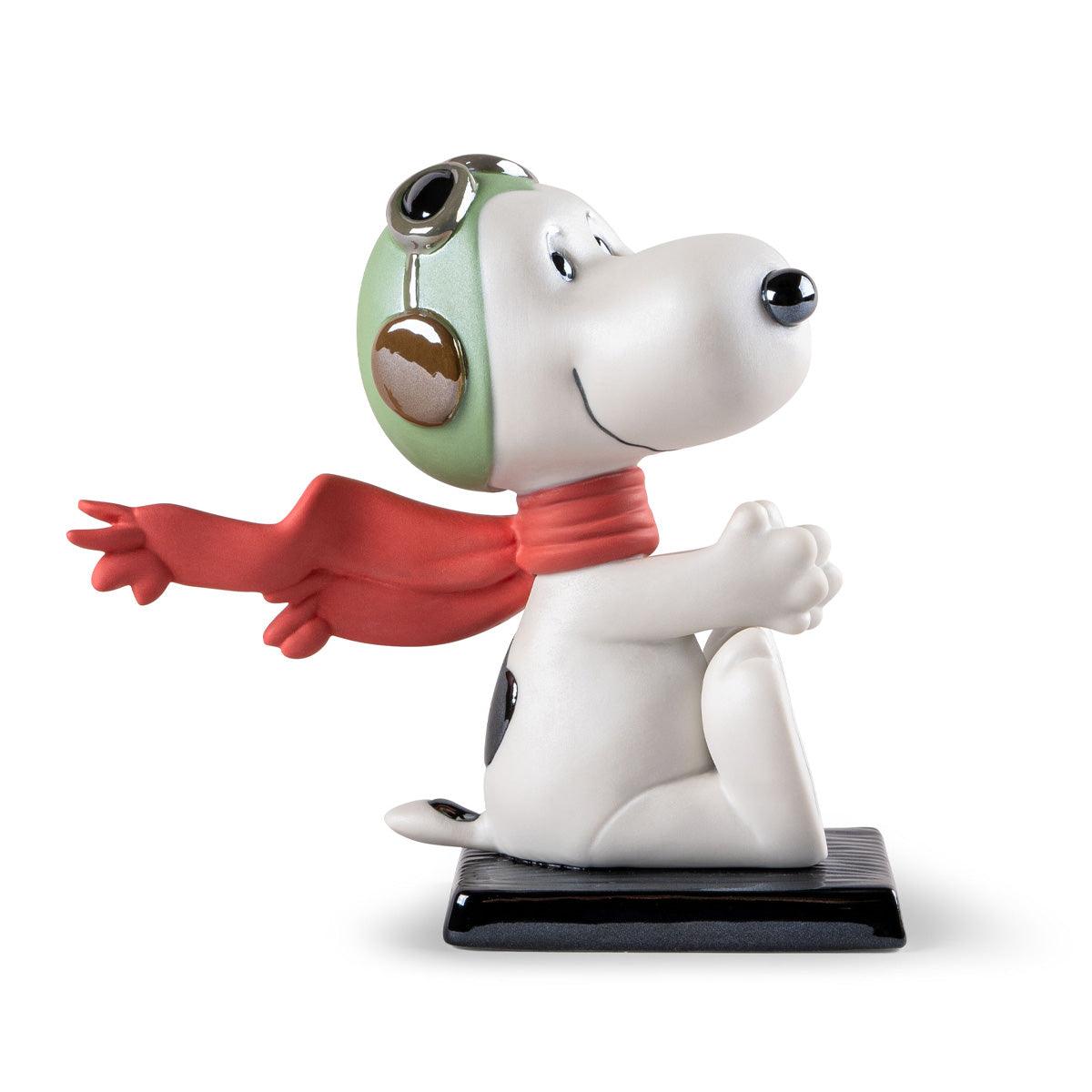
PopArtFusion presents: Lladro
Welcome to the mesmerising world of Lladró, a coveted brand that redefines...
-

PopArtFusion presents: Richard Orlinski
Richard Orlinski has been the biggest-selling contemporary French artist in the world...
-
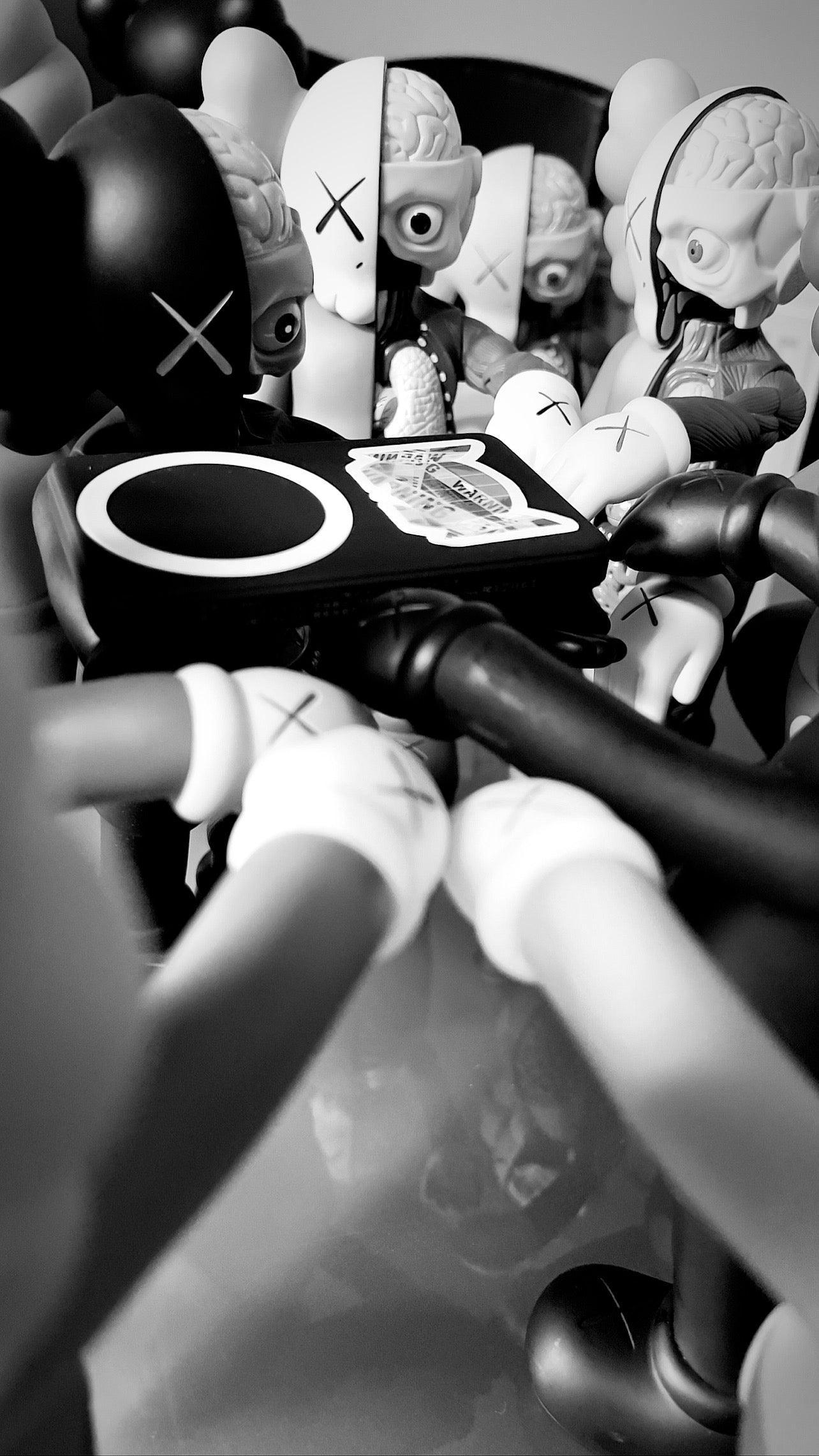
PopArtFusion presents it's Precious Collection
a selection of iconic masterpieces we love, inspire us and have a...

Baccarat x Pokemon
Featured PopArtFusion presents: Pokémon Gotta catch émall!!
-
Baccarat x Pokemon - POKÉMON PIKACHU ©2022 Pokémon
Vendor:BaccaratRegular price £399.00 GBPRegular priceUnit price / per -
Baccarat x Pokemon - POKÉMON POKÉ BALL ©2022 Pokémon
Vendor:BaccaratRegular price £399.00 GBPRegular priceUnit price / per -
Baccarat x Pokemon - PIKACHU LIGHTNING GOLD - Exclusive Pokémon collaboration Crystal clear tumbler with fine gold ©2022 Pokémon
Vendor:BaccaratRegular price £499.99 GBPRegular priceUnit price / per -
Baccarat x Pokemon - PIKACHU LIGHTNING - Exclusive Pokémon collaboration Pair of engraved, clear crystal tumblers ©2022 Pokémon
Vendor:BaccaratRegular price £399.00 GBPRegular priceUnit price / per

Mr & Mrs Fragrance - George II
PopArtFusion presents: Mr & Mrs Fragrance
-
Mr & Mrs Fragrance - George II Speaker Chrome Fucsia
Vendor:Mr and Mrs FragrancesRegular price £174.99 GBPRegular priceUnit price / per -
Mr & Mrs Fragrance - George II Speaker Chrome Silver 2021
Vendor:Mr and Mrs FragrancesRegular price £174.99 GBPRegular priceUnit price / per -
Mr & Mrs Fragrance - George II Speaker Soft Touch Black 2021
Vendor:Mr and Mrs FragrancesRegular price £149.99 GBPRegular priceUnit price / per -
Mr & Mrs Fragrance - George II Speaker Soft Touch White 2021
Vendor:Mr and Mrs FragrancesRegular price £149.99 GBPRegular priceUnit price / per -
Mr&Mrs Fragrance George Capsule 01 - Tangerine, Jasmine, Musk
Vendor:Mr and Mrs FragrancesRegular price £7.99 GBPRegular priceUnit price / per -
Mr&Mrs Fragrance George Capsule 02 - Orange Flower, Rose
Vendor:Mr and Mrs FragrancesRegular price £7.99 GBPRegular priceUnit price / per -
Mr&Mrs Fragrance George Capsule 03 - Matcha Tea, Incense
Vendor:Mr and Mrs FragrancesRegular price £7.99 GBPRegular priceUnit price / per -
Mr&Mrs Fragrance George Capsule 04 - Palo Santo, Labdanum
Vendor:Mr and Mrs FragrancesRegular price £7.99 GBPRegular priceUnit price / per -
Mr&Mrs Fragrance George Capsule 05 - Bergamot, Fig Leaf
Vendor:Mr and Mrs FragrancesRegular price £7.99 GBPRegular priceUnit price / per -
Mr&Mrs Fragrance George Capsule 06 - Spicy Orange, Oud
Vendor:Mr and Mrs FragrancesRegular price £7.99 GBPRegular priceUnit price / per
Trending Products:
Hikari Shimoda: Children of This Planet #9 Collectible Multidimensional Luminous Figurine Sculpture in a Woden Box Edition of 188
Mr & Mrs Fragrance - George II Speaker Chrome Fucsia
200 % Be@rbrick Baccarat clear
Subscribe to our emails
Be the first to know about new collections and exclusive offers.
Featured collection
-
BE@RBRICK The Minions and Young Gru 100% (2 piece set box) by Medicom Toy (Limited Edition Art Toy Collectible)
Vendor:Medicom ToyRegular price £49.99 GBPRegular priceUnit price / per -
BE@RBRICK Minion - Otto, 100%, by Medicom Toy (Limited Edition Art Toy Collectible)
Vendor:Medicom ToyRegular price £124.99 GBPRegular priceUnit price / per -


BE@RBRICK 1st Model White Chrome Be@rbrick 200% by Medicom Toy (Limited Edition Art Toy Collectible)
Vendor:Medicom ToyRegular price £144.99 GBPRegular priceUnit price / per -
BE@RBRICK Andy Warhol JEAN-MICHEL BASQUIAT #3 100% & 400% by Medicom Toy (Limited Edition Art Toy Collectible)
Vendor:Medicom ToyRegular price £149.99 GBPRegular priceUnit price / per -
BE@RBRICK The Doors - Strange Days Be@rbrick 400% & 100% by Medicom Toy (Limited Edition Art Toy Collectible)
Vendor:Medicom ToyRegular price £199.00 GBPRegular priceUnit price / per -
Be@rbrick Eugène Delacroix "Liberty Leading the People" 100% + 400% Bearbrick Set by Medicom Toy
Vendor:Medicom ToyRegular price £199.99 GBPRegular priceUnit price / per -
BE@RBRICK Batman (TDKR: The Dark Knight Triumphant Ver.) 100% + 400% Bearbrick Set by Medicom Toy
Vendor:Medicom ToyRegular price £199.99 GBPRegular priceUnit price / per -
BE@RBRICK Andy Warhol's ELVIS PRESLEY 100% & 400% by Medicom Toy (Limited Edition Art Toy Collectible)
Vendor:Medicom ToyRegular price £199.99 GBPRegular priceUnit price / per -
BE@RBRICK BAPE(R) CAMO 28TH ANNIVERSARY MULTI #1 400%
Vendor:Medicom ToyRegular price £199.99 GBPRegular priceUnit price / per -
BE@RBRICK BAPE(R) CAMO 28TH ANNIVERSARY MULTI #4 400%
Vendor:Medicom ToyRegular price £199.99 GBPRegular priceUnit price / per -
BE@RBRICK BAPE(R) CAMO 28TH ANNIVERSARY MULTI #3 400%
Vendor:Medicom ToyRegular price £199.99 GBPRegular priceUnit price / per -
BE@RBRICK Shaun 100% & 400% by Medicom Toy (Limited Edition Art Toy Collectible)
Vendor:Medicom ToyRegular price £199.99 GBPRegular priceUnit price / per -
BE@RBRICK LFYT X KRINK 100% & 400% Set
Vendor:Medicom ToyRegular price £199.99 GBPRegular priceUnit price / per -
BE@RBRICK IZUKU MIDORIYA "DEKU" 100% & 400% Set
Vendor:Medicom ToyRegular price £199.99 GBPRegular priceUnit price / per£105.11 GBPSale price £199.99 GBP -
BE@RBRICK The Rolling Stones, Two-Piece Set Box (100% and 400%), by Medicom Toy (Limited Edition Art Toy Collectible) via
Vendor:Medicom ToyRegular price £199.99 GBPRegular priceUnit price / per -
BE@RBRICK Andy Warhol's Muhammad Ali(TM) 100% & 400% by Medicom Toy (Limited Edition Art Toy Collectible) 2020
Vendor:Medicom ToyRegular price £199.99 GBPRegular priceUnit price / per
Contact form
Collapsible content
ART & SENSES
Art and sense are two interconnected concepts that have been explored for centuries. Art has been defined as a creative expression of human thoughts and emotions through various mediums, such as painting, sculpture, music, dance, and literature. Sense, on the other hand, refers to the physical and mental faculties that allow us to perceive and comprehend the world around us. In this report, we will explore the relationship between art and sense and how art can engage our senses to evoke emotional responses.
Sensory Perception in Art
Art has the ability to engage our senses and create a sensory experience. When we look at a painting, we use our sense of sight to perceive the colors, shapes, and textures of the artwork. When we listen to music, we use our sense of hearing to perceive the rhythm, melody, and harmony. Similarly, when we watch a dance performance, we use our sense of sight to perceive the movements and our sense of hearing to perceive the music.
Emotional Response to Art
Art can evoke emotional responses in us, and this is often a result of the sensory experience it creates. For example, a painting that depicts a beautiful landscape may evoke feelings of tranquility and peace. A piece of music that has a slow tempo and a melancholic melody may evoke feelings of sadness and introspection. Similarly, a dance performance that has energetic movements and fast-paced music may evoke feelings of excitement and joy.
The Role of Art in Sense Perception
Art can also play a role in enhancing our sense perception. For example, abstract art can challenge our perception of reality by presenting us with shapes and colors that do not correspond to anything in the physical world. This can enhance our ability to perceive and comprehend the world around us in new ways. Similarly, music can stimulate our sense of hearing and help us to appreciate and understand the nuances of sound.
In conclusion, art and sense are two interconnected concepts that have been explored for centuries. Art has the ability to engage our senses and create a sensory experience, which can evoke emotional responses. Art can also play a role in enhancing our sense perception and helping us to perceive and comprehend the world around us in new ways. As such, art is not just a form of creative expression, but also a powerful tool for understanding and engaging with the world.
SENSES
The senses play a crucial role in art, as they are the means by which we perceive and engage with artistic creations. Artists use various mediums to engage our senses, such as painting, sculpture, music, dance, and literature, among others.
Sight:
Visual art such as painting and sculpture engage our sense of sight by presenting us with colors, shapes, textures, and forms. Visual art can create an illusion of depth, movement, and space, which can evoke different emotions and moods in the viewer. Additionally, artists may use visual elements such as contrast, balance, and composition to create a sense of harmony and unity.
Sound:
Music is a powerful medium that engages our sense of hearing. Music can evoke different emotions and moods depending on the tempo, melody, harmony, and rhythm. Musicians may use different instruments and sounds to create a sense of texture and complexity, which can engage and captivate the listener. Additionally, sound can be used in other art forms, such as film and theatre, to create a sense of atmosphere and mood.
Touch:
Sculpture and other tactile art forms engage our sense of touch. Sculptures can be made from various materials such as stone, metal, and clay, and can have different textures and surfaces. The tactile experience of touching a sculpture can evoke different emotions and create a sense of connection between the viewer and the artwork.
Taste and Smell:
Although taste and smell are not commonly used in art, they can be used to create multisensory experiences. For example, in performance art or immersive installations, food and fragrance may be used to create a complete sensory experience that engages all of the senses.
In conclusion, the senses are integral to art, as they are the means by which we perceive and engage with artistic creations. Artists use various mediums to engage our senses, creating multisensory experiences that can evoke different emotions and moods. By engaging our senses, art has the power to transport us to new worlds and perspectives, and enrich our understanding and appreciation of the world around us.


